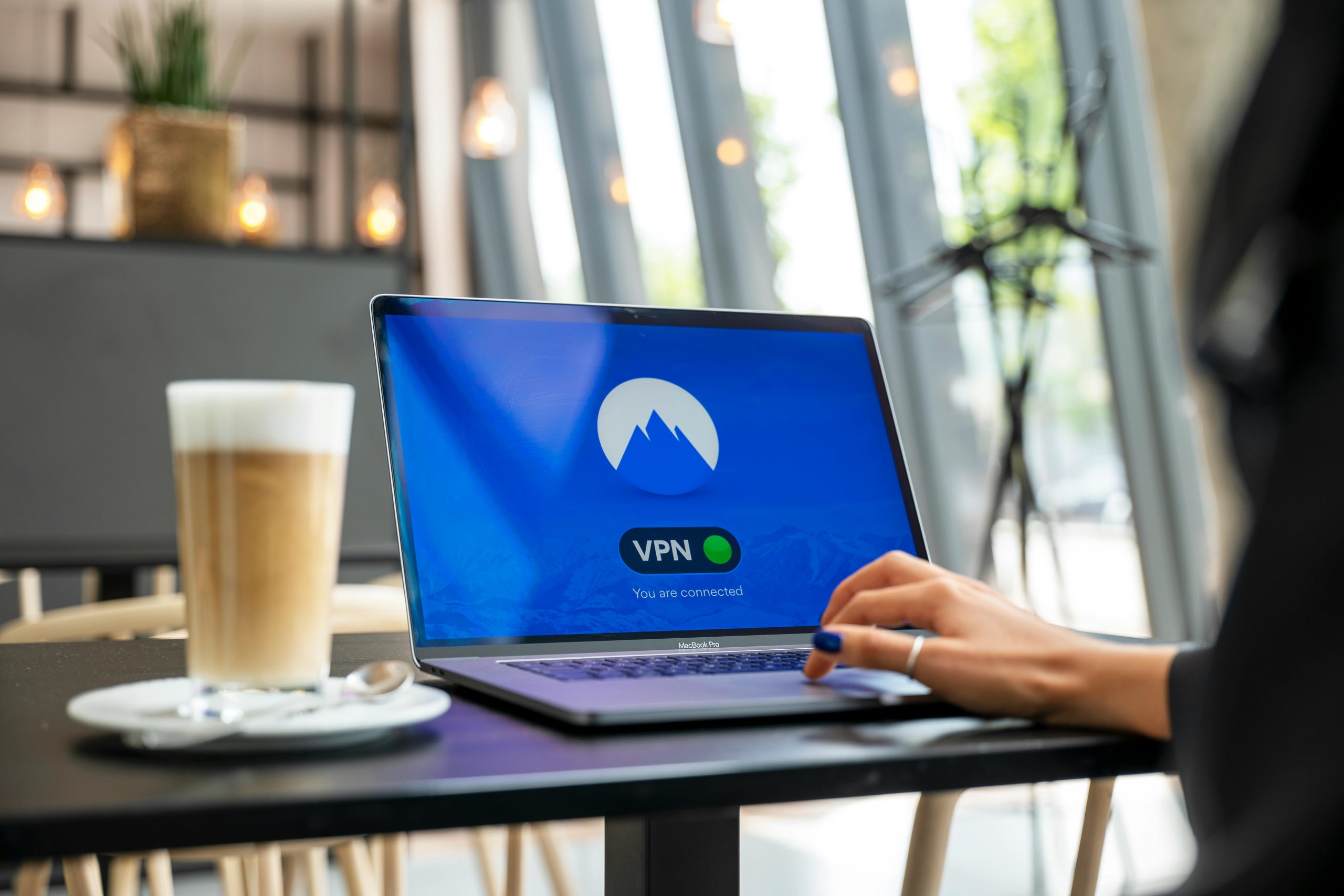Installing Windows via USB: Your Step-by-Step Guide for a Fresh Start
It’s easy to get caught up in the allure of “free” software, but after three years of navigating a Windows-free PC, I’ve learned my lesson. It’s time to embrace a legitimate copy of Windows, and I’m ready to start anew. If you find yourself in a similar situation, don’t worry—I’m here to guide you through the process of installing Windows using a USB drive.
The Backstory
For quite a while, I relied on a friend’s so-called “free” version of Windows. Initially, I thought I had hit the jackpot—no activation notifications cluttering my screen and the ability to change my desktop wallpaper. However, the honeymoon phase didn’t last long. With multiple glitches and performance issues plaguing my system, I finally decided it was time to invest in an official Windows setup.
I’m not concerned about losing the data on my PC. I’m looking for a clean slate—a fresh installation of genuine Windows.
The Installation Process
After gathering the necessary materials, I began to understand that reinstalling Windows via USB is a straightforward process. If you’re in the same boat and ready to take the plunge, here’s how you can do it:
-
Prepare Your USB Drive: Ensure you have a USB flash drive with at least 8GB of free space. It’s essential to back up any important files you might need, as this process will erase everything on the drive.
-
Download the Windows Installation Media: Visit the official Microsoft website to download the Windows Media Creation Tool. This tool will guide you in creating a bootable USB with the Windows installer.
-
Create Bootable USB: Run the Media Creation Tool and follow the prompts to create a bootable USB drive. You’ll need to select the correct language, edition, and architecture (64-bit or 32-bit) for your installation.
-
Insert the USB Drive into Your PC: Once your USB drive is ready, insert it into your computer.
-
Access the BIOS/UEFI: Restart your PC and enter the BIOS/UEFI settings. This is typically done by pressing a key such as F2, F10, ESC, or DEL during startup (the key may vary depending on your motherboard).
-
Change Boot Order: Once in the BIOS, locate the boot order settings. Set your USB
Share this content:



